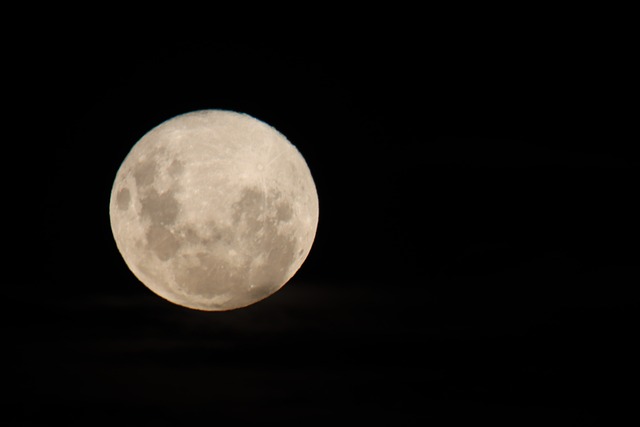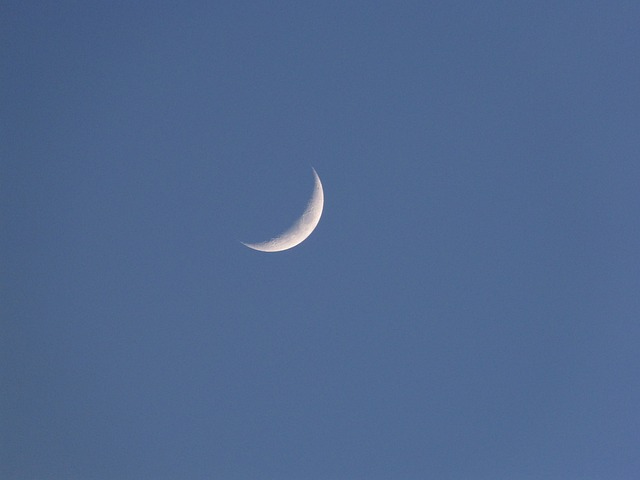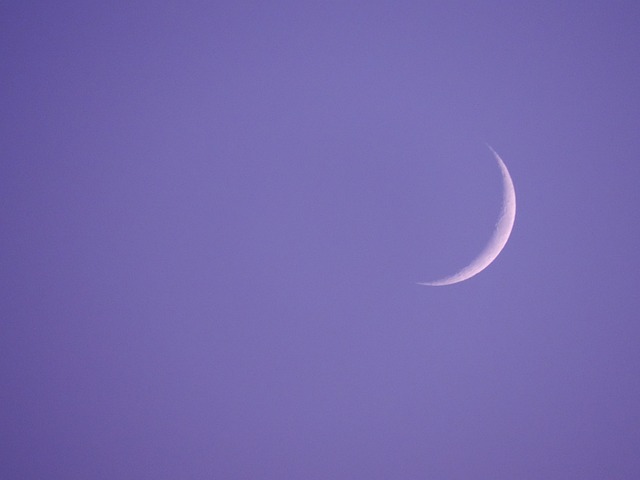Full moon is fully illuminated, facing Earth. New moon is unilluminated, away from Earth. Both are lunar phases in a monthly cycle.
TL;DR Full moon Vs. New moon
The full moon occurs when the Earth is positioned between the sun and the moon, causing its entire illuminated side to be visible from our perspective. This phase is often associated with brightness, heightened emotions, and mystical beliefs.
During a new moon, the moon is situated between the Earth and sun, making its illuminated side face away from us. As a result, it appears dark or invisible in our night sky. New moons are commonly linked to beginnings, introspection, and fresh starts.
What is a full moon?

A full moon occurs when the moon is positioned on the opposite side of the Earth as the sun, resulting in its entire visible side being illuminated. This alignment causes the moon to appear as a complete and round circle in the night sky.
The full moon is a significant phase in the lunar cycle and is often associated with cultural and natural events. Its brightness allows for better nighttime visibility, and its gravitational influence contributes to phenomena like tides.
Each full moon has unique names based on traditional and cultural calendars, reflecting the changing seasons and folklore.
What is a new moon?

A new moon occurs when the Moon is located between the Earth and the Sun, with its illuminated side facing away from us. This means that during a new moon, we cannot see any portion of the Moon as it appears completely dark in our sky.
During this phase, the Moon aligns with the Sun and rises and sets around the same time as the Sun. It marks the beginning of a lunar cycle, which lasts approximately 29.5 days.
Full moon Vs. New moon – Key differences
| Property | Full Moon | New Moon |
|---|---|---|
| Illumination | Fully illuminated, visible from Earth | Unilluminated, not visible from Earth |
| Moon's Position | Opposite side of Earth from the Sun | Same side of Earth as the Sun |
| Appearance | Round and bright | Invisible or a faint crescent |
| Lunar Cycle Phase | Middle of the lunar cycle | Beginning of the lunar cycle |
| Visibility | Visible in the night sky | Not easily visible due to proximity to the Sun |
| Gravitational Effect | Contributes to higher tides (spring tides) | Contributes to lower tides (neap tides) |
| Cultural Significance | Associated with traditional names and events | Often lacks specific cultural associations |
What other effects does the moon have on Earth?
- Tides: The moon’s gravitational pull causes ocean tides. When the moon is aligned with the sun, its gravitational force enhances tides (spring tides), and when it’s at a right angle to the sun, it reduces tidal range (neap tides).
- Orbital Stability: The moon’s gravitational influence helps stabilize Earth’s axial tilt and orbit, which are crucial for the planet’s climate and seasons.
- Rotation Rate: The moon’s gravitational forces have caused Earth to slow its rotation over time, leading to longer days in the past.
- Earth’s Shape: The moon’s gravitational forces cause a slight bulging of Earth’s oceans, contributing to the planet’s oblate spheroid shape.
- Light Pollution: The moon’s reflected light can impact astronomical observations and contribute to light pollution in urban areas.
Image Credits
Featured Image By – birrellwalsh from Pixabay
Image 1 By – Nel Botha from Pixabay








